This week, the NTSB stated that as many as forty 737 operators around the world could still be using faulty rudder rollout guidance servos.
Last month, the NTSB released an Urgent Safety Recommendation to Boeing and the FAA, regarding the rudder system of the 737. The agency did this in response to an incident that happened back in February this year, involving a United Airlines 737 MAX-8.
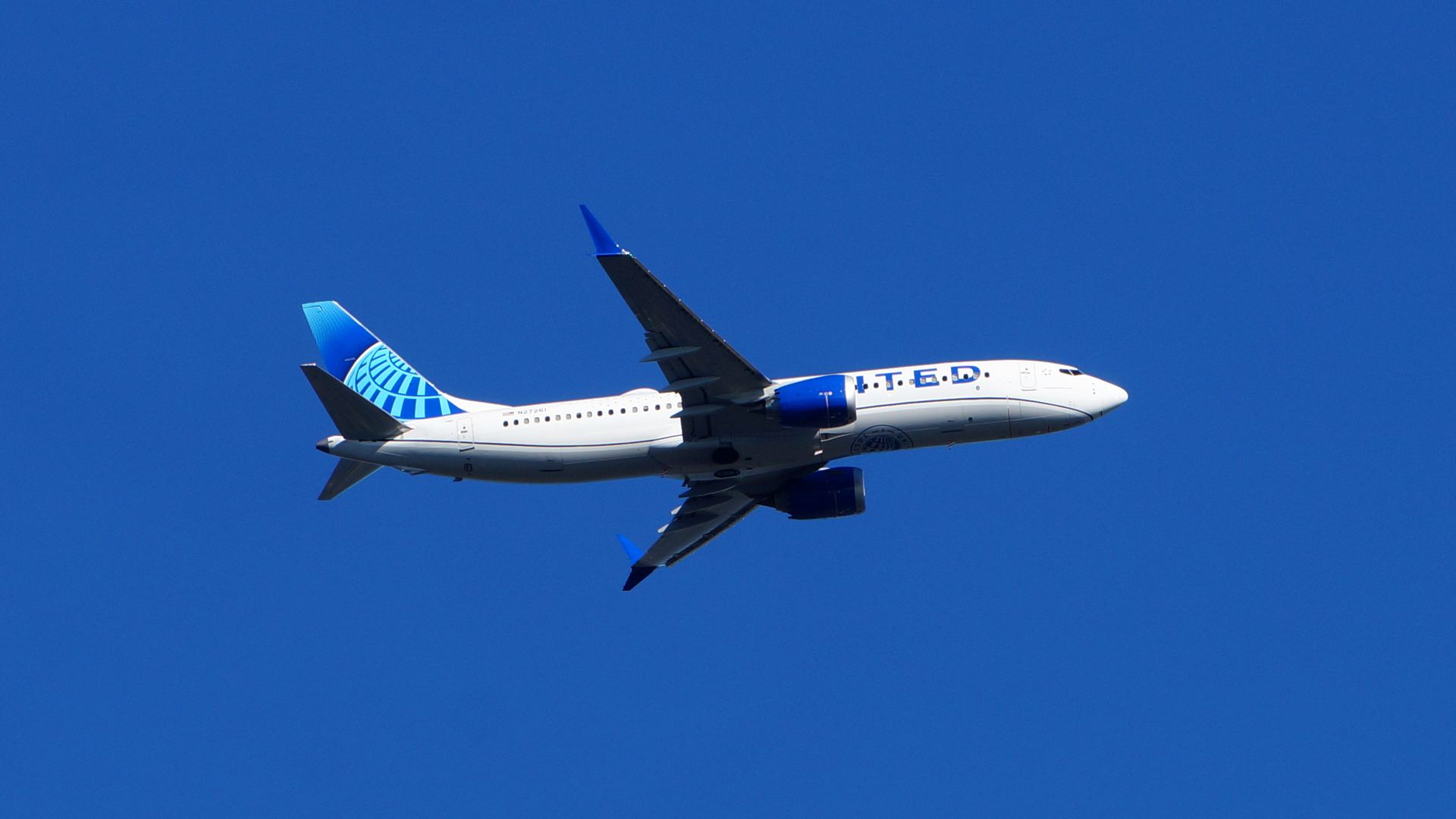
Flight UA-1539 on the 6th of February had been uneventful until it touched down on Newark’s runway 04R. There were 155 passengers and six crew on board. After touchdown, the captain, who was pilot-flying, realized that the rudder pedals wouldn’t move.
The captain instead used the tiller, to keep the aircraft on the runway centerline, later telling the first officer to try his pedals. The FO’s pedals were also frozen. Eventually, the use of more force unfroze the pedals.
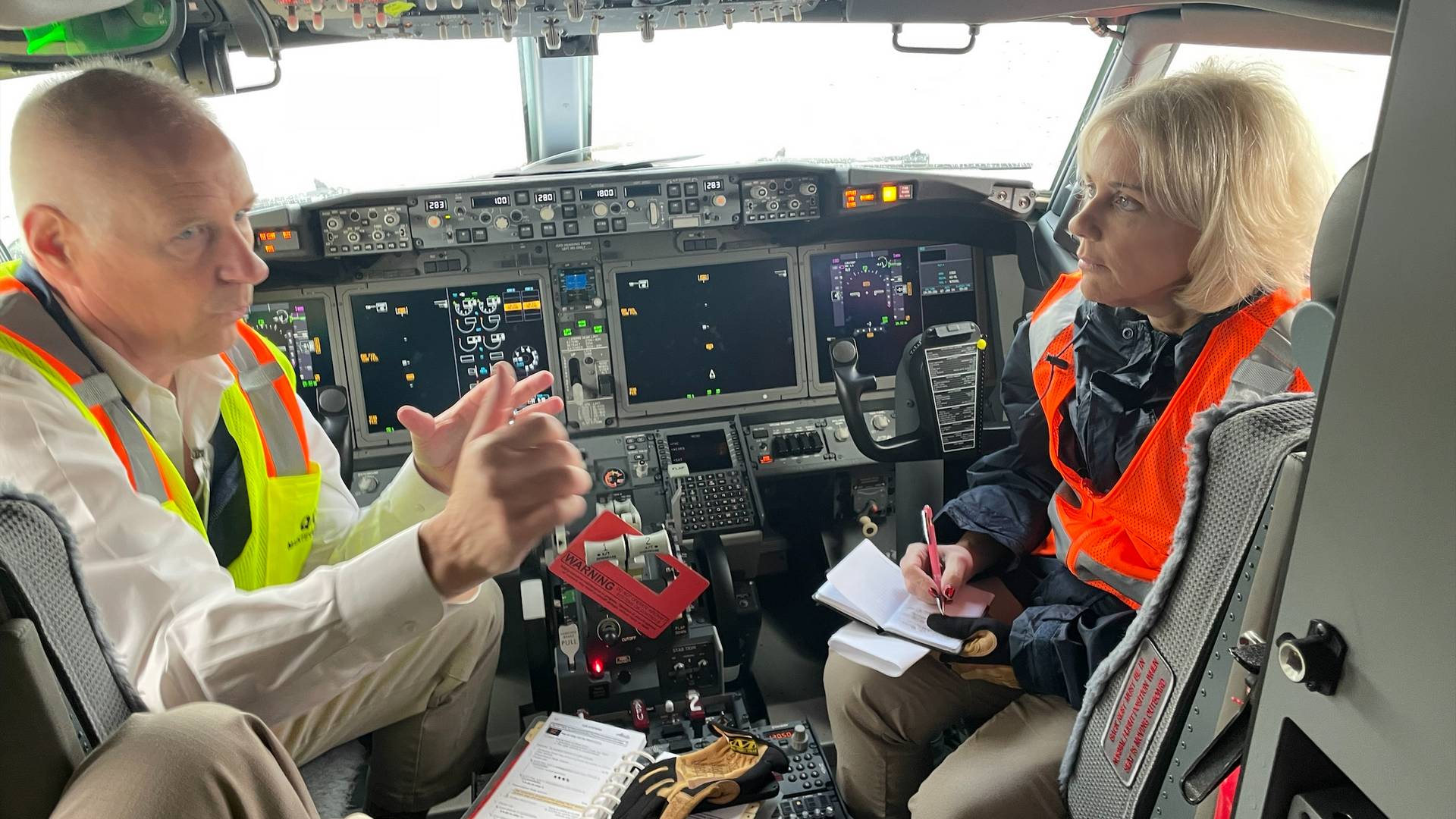
The crew taxied their aircraft to the gate, where the unsuspecting passengers disembarked. Initially, maintenance couldn’t find anything wrong with the aircraft until a test flight replicated the problem, which caused United to notify the NTSB and the FAA.
Moisture In An Unnecessary Part?
The NTSB still hasn’t published its final report on this 737 rudder incident. But already in March, the agency released its interim report, which identified a rollout guidance actuator as the cause for the United flight’s problem.
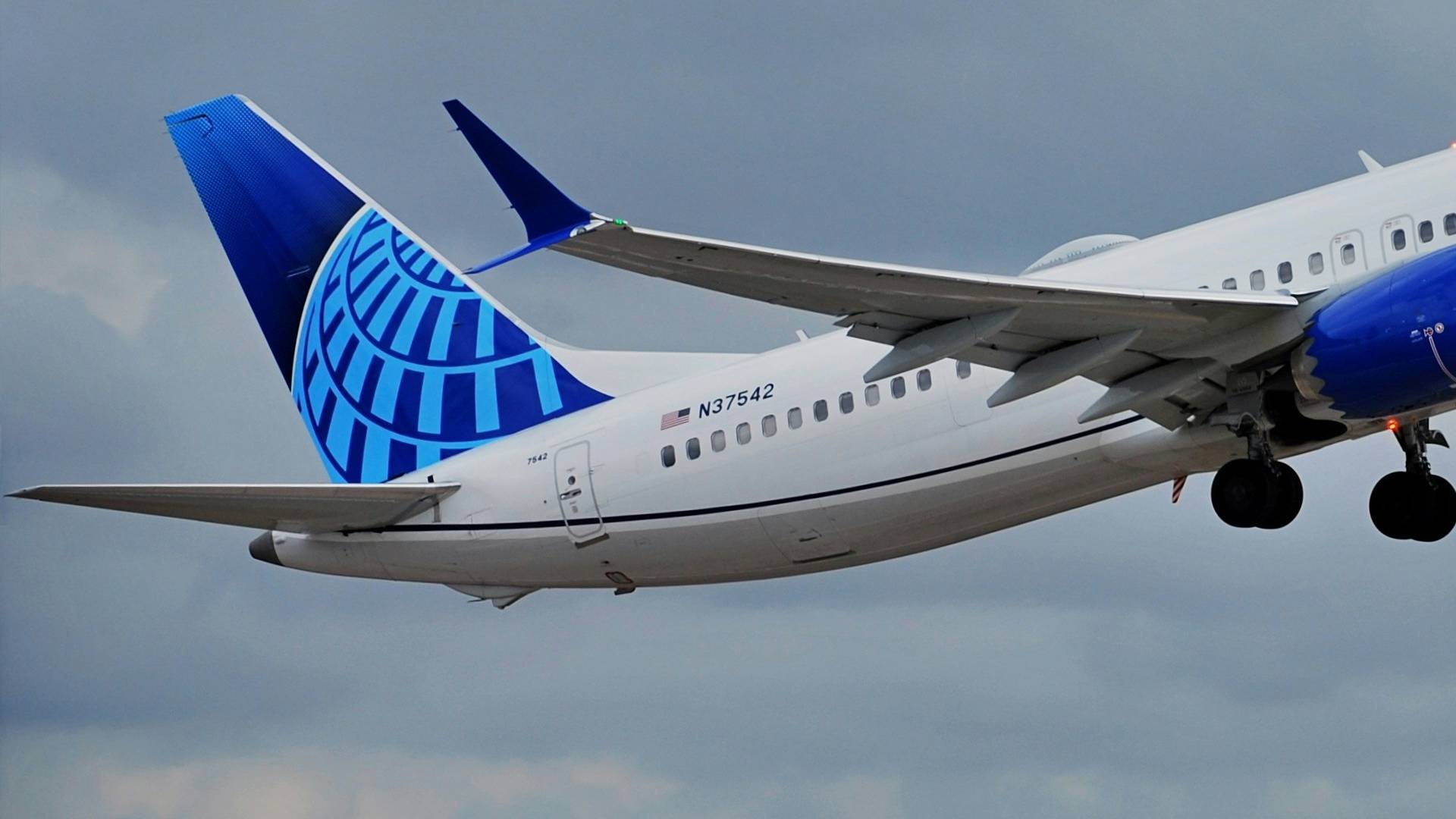
The maker of this part is Collins Aerospace, which notified Boeing that a total of 353 such actuators that Collins delivered to the manufacturer may be faulty. This is because an incorrectly-assembled sealed bearing makes the part susceptible to moisture. Low temperatures during cruise flight can then cause the part to freeze.
The latest news is that while 73 of those faulty actuators haven’t been installed on any aircraft, as many as forty airlines worldwide could have 737s with one of the remaining 271 actuators. None of these operators are in the United States. But the NTSB is unhappy with the response of the FAA regarding this 737 rudder issue.

The rudder rollout guidance actuator is only necessary if 737 operators want their fleets to perform CAT-IIIB automatic landings (a.k.a. autolands). These are ILS approaches and landings in which the autopilot keeps the aircraft on the runway centerline AFTER touchdown.
This requirement is relatively unusual. Most airlines with 737s in their fleets are content with their aircraft being capable of “only” performing CAT-IIIA automatic landings. This means that pilots have to use the rudder to keep the aircraft on the centerline manually after landing.
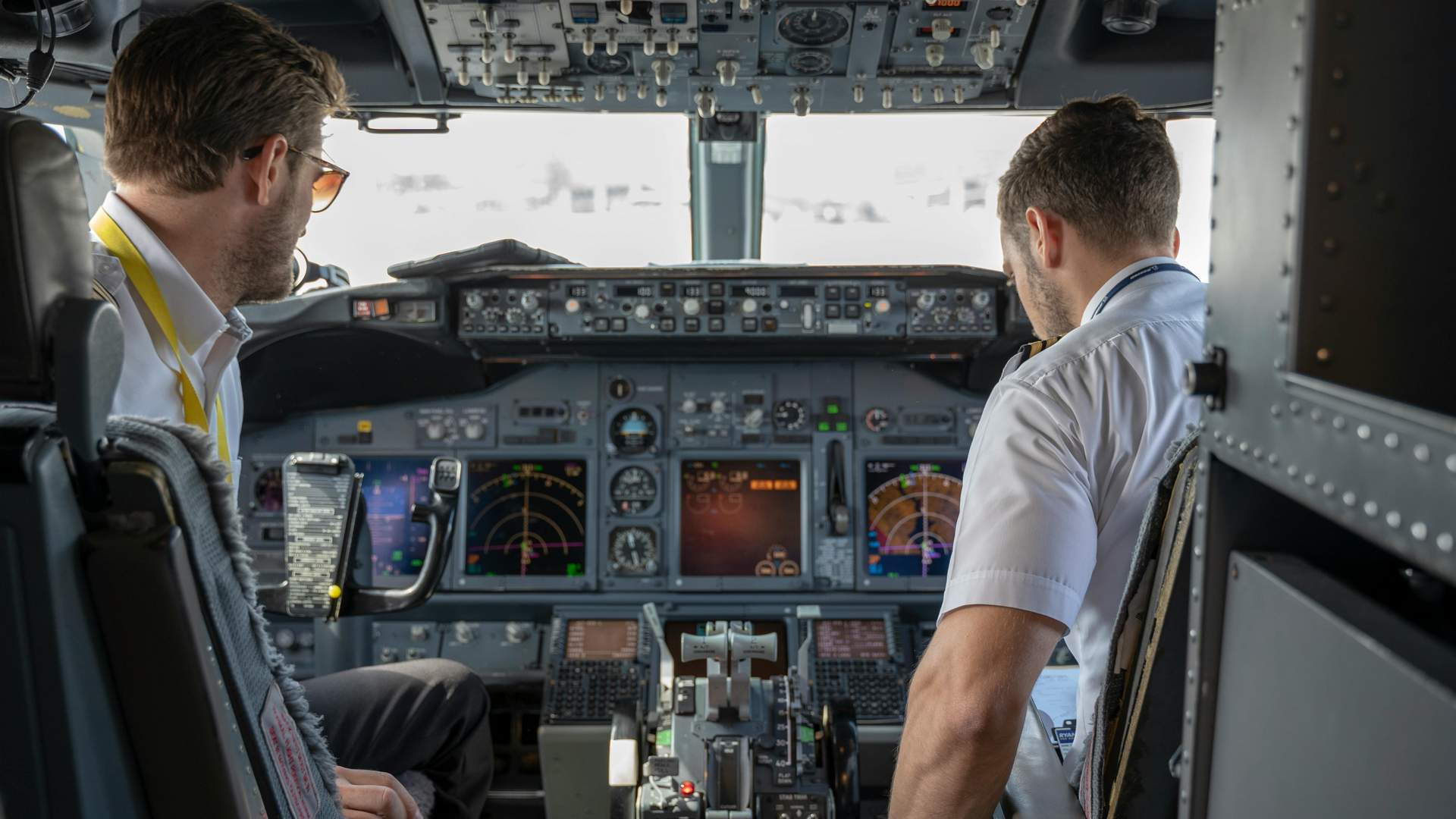
NTSB Chair Addresses FAA Over 737 Rudder Issue
The problem that the NTSB is highlighting is that it is possible for a 737 to have a rollout guidance actuator, installed and connected to the rudder system, but in an inactive state. Which means that the airlines operating many of these jets may be unaware of the part’s presence.
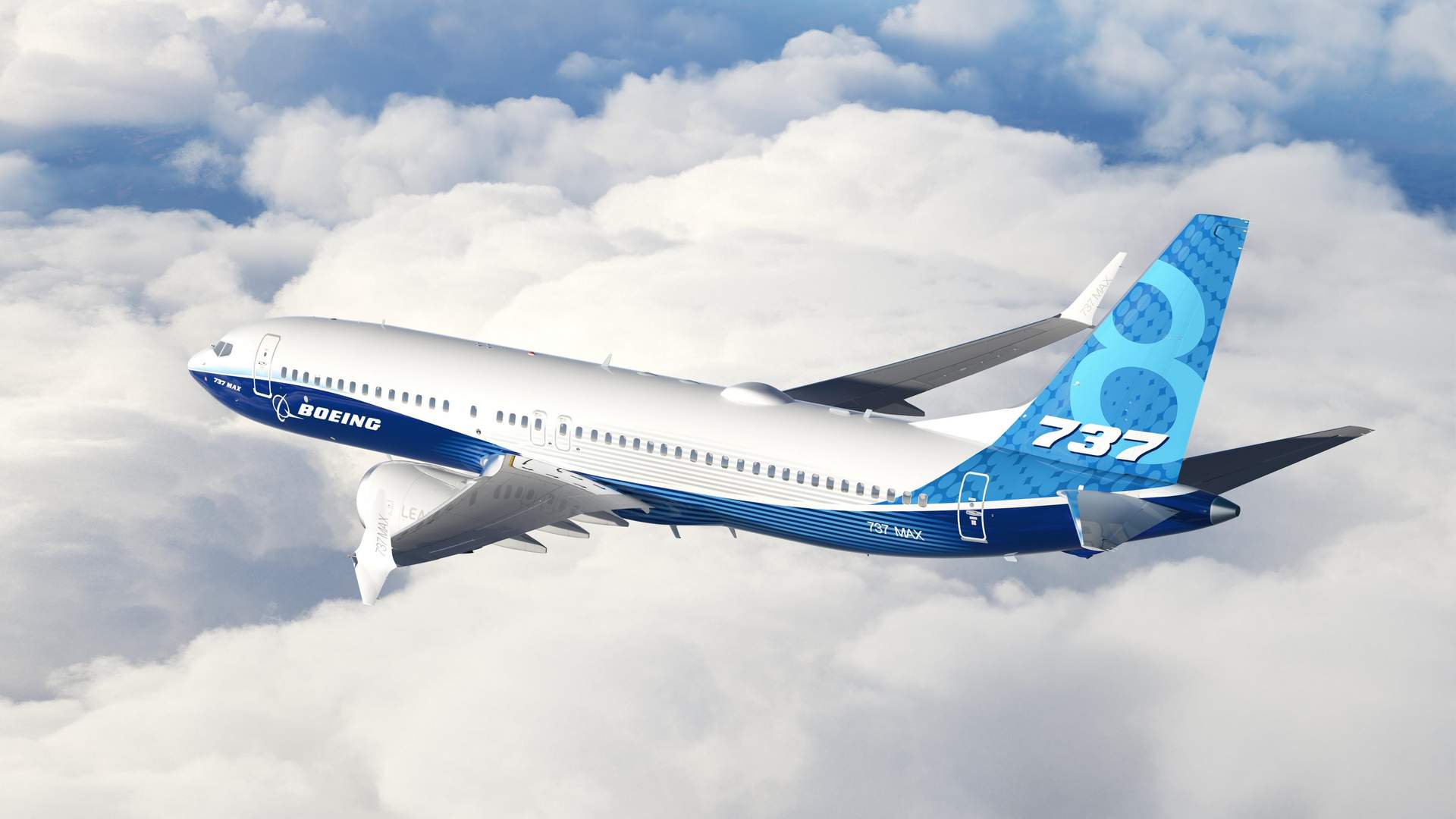
That is what happened in the United incident back in February. Boeing originally built that jet for a different operator, who never took delivery. And in a letter to the FAA, NTSB chair Jennifer Homendy expressed her frustration that the regulator wasn’t treating this 737 rudder issue with enough urgency.
The NTSB highlights that even if they are inactive, these actuators are mechanically connected to the 737 rudder system. Boeing had not informed United Airlines that its aircraft had this part, according to the NTSB.
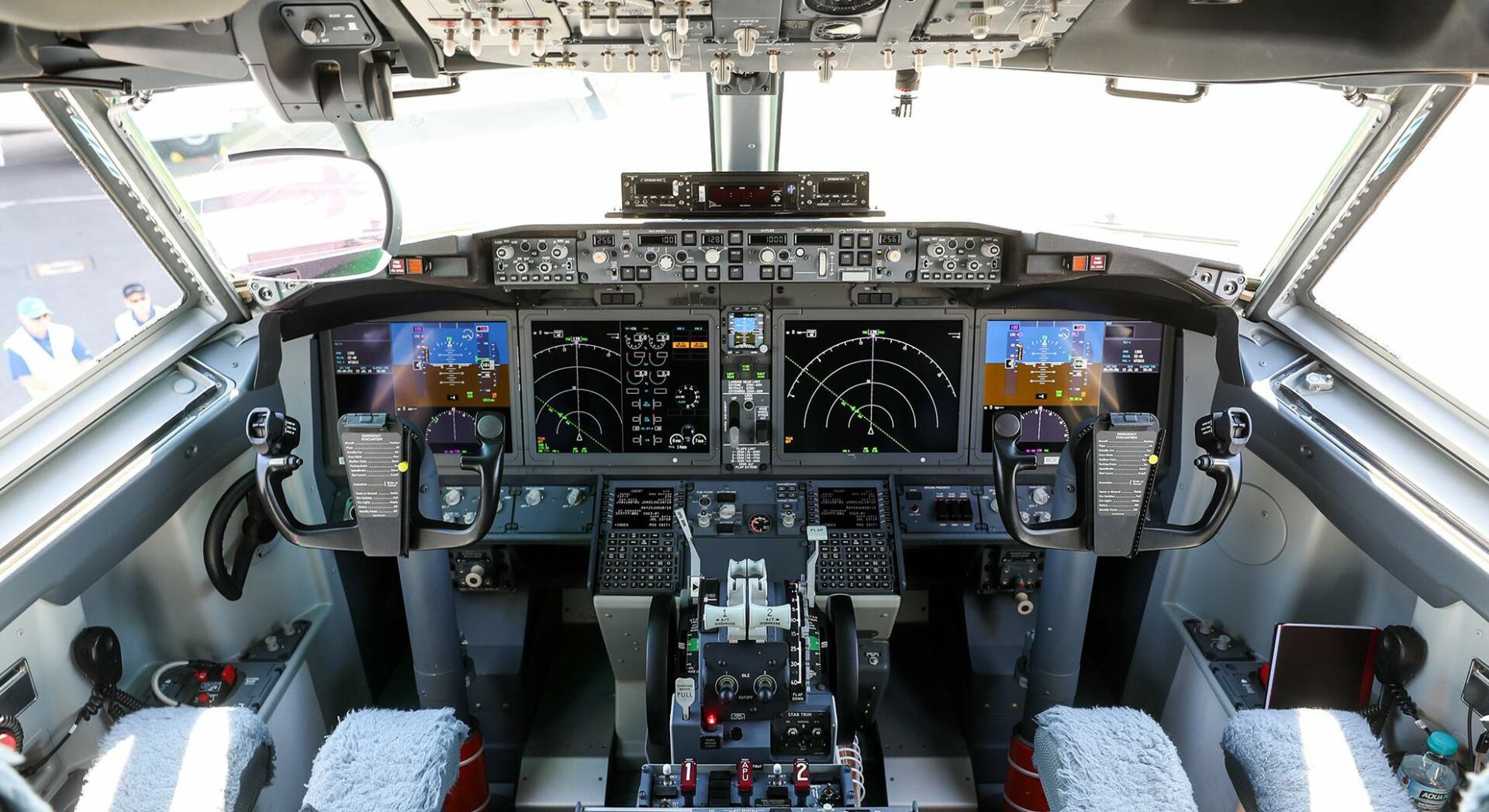
Homendy also highlighted that the FAA learned of two similar incidents that happened in 2019 outside the United States. And last August, Boeing reportedly informed more operators about this system and its implications.
If the FAA acts on this information, it will likely have to issue an Airworthiness Directive (AD) with more guidelines to 737 operators. This could instruct them to inspect these parts within a certain deadline or even remove them if not in use. But hopefully, the NTSB’s recent actions will make operators more aware of this issue and its likely implications.



